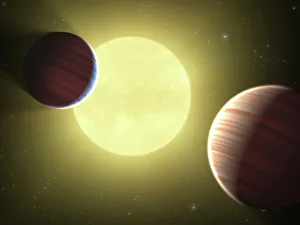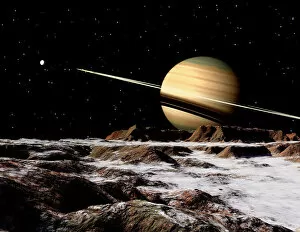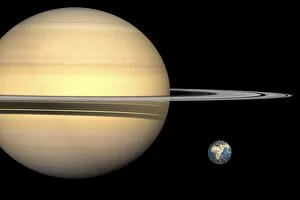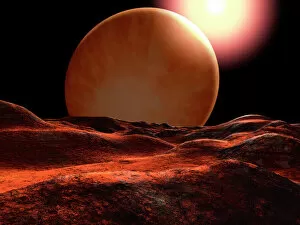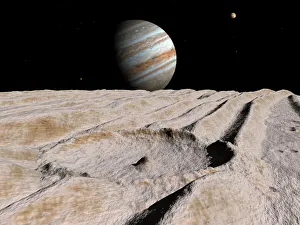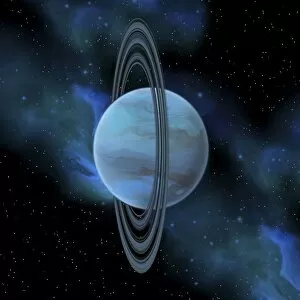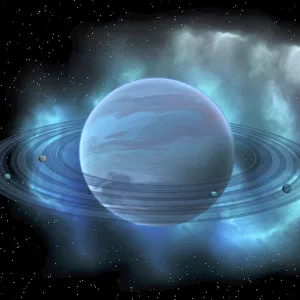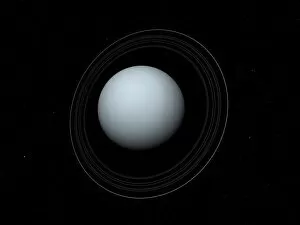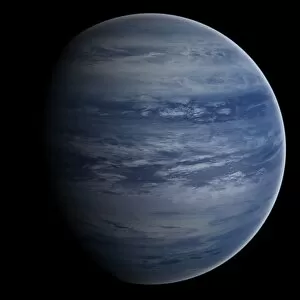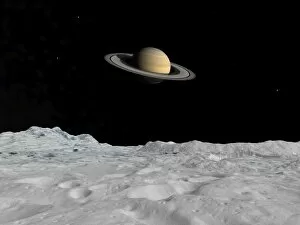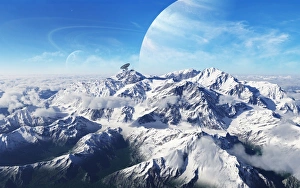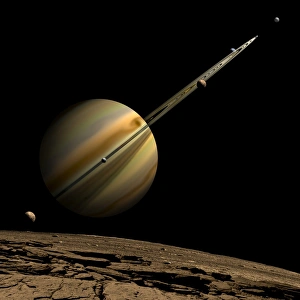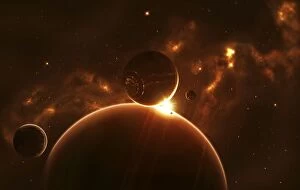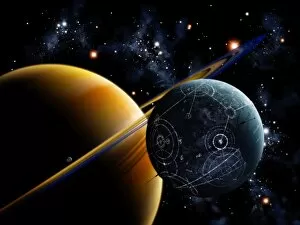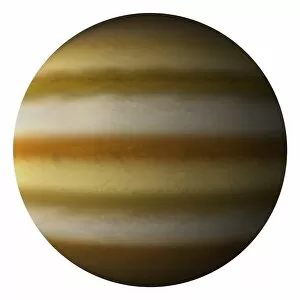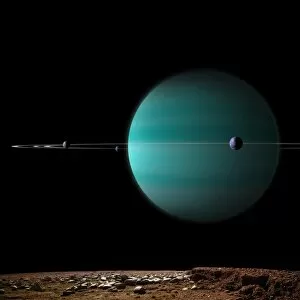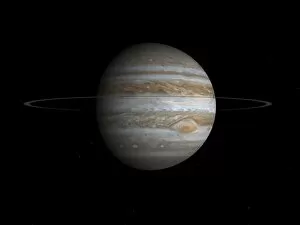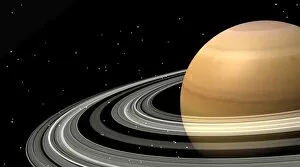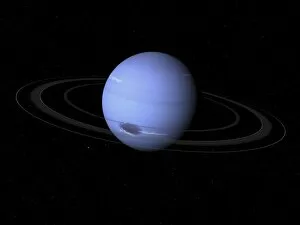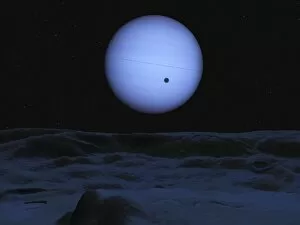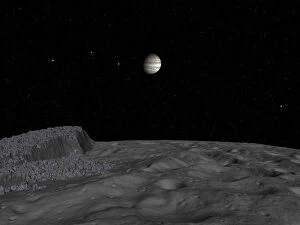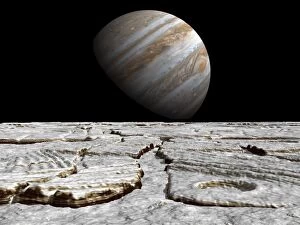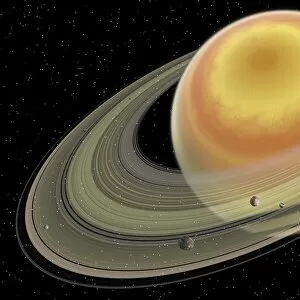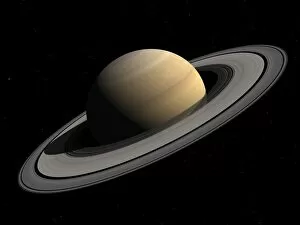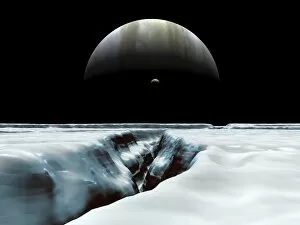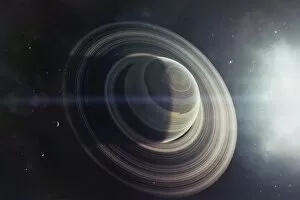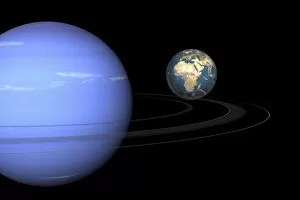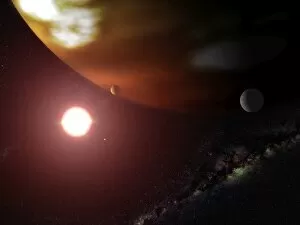Jovian Planets Collection
Jovian planets, also known as gas giants, are awe-inspiring celestial bodies that continue to captivate our imagination
All Professionally Made to Order for Quick Shipping
Jovian planets, also known as gas giants, are awe-inspiring celestial bodies that continue to captivate our imagination. In an artist's concept illustrating the two Saturn-sized planets discovered by the Kepler telescope, we catch a glimpse of their majestic presence in the vastness of space. The sheer magnitude of these planets is further emphasized when we see Saturn from the surface of its moon, Rhea. As we compare Saturn and Earth to scale in an illustration, it becomes apparent just how immense these jovian planets truly are. One such giant can be found orbiting 70 Virginis—a super-Jupiter that defies our expectations with its colossal size. Exploring Jupiter's moon Ganymede reveals a fascinating sight—an impact crater surrounded by Jupiter itself—depicted through another artist's concept. Moving on to Neptune and Uranus, artists have beautifully captured their ethereal nature and mysterious allure. In one captivating image, a gas giant rises over a massive slumbering volcano—a testament to the dynamic forces at play within these planetary systems. Another artwork showcases Uranus and its rings in all their splendor—a mesmerizing display against the backdrop of deep space. The wonders don't end there; an artist has depicted a ringed gas giant planet adorned with six moons—an enchanting vision that sparks curiosity about what lies beyond our own solar system. And speaking of extraterrestrial worlds, imagine an unusual methane-free planet partially eclipsed by its star—an otherworldly scene brought to life through artistic interpretation. Finally, let us not forget that jovian planets often host numerous moons themselves—each unique and intriguing in their own right—as portrayed in yet another artist's concept depicting an extraterrestrial world accompanied by its various satellites. These glimpses into the realm remind us of both our insignificance in comparison to the grandeur of the universe and our boundless capacity for exploration and discovery.

